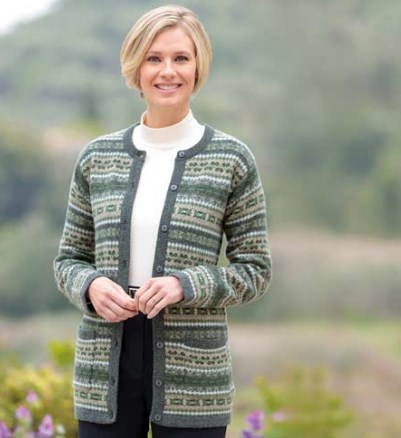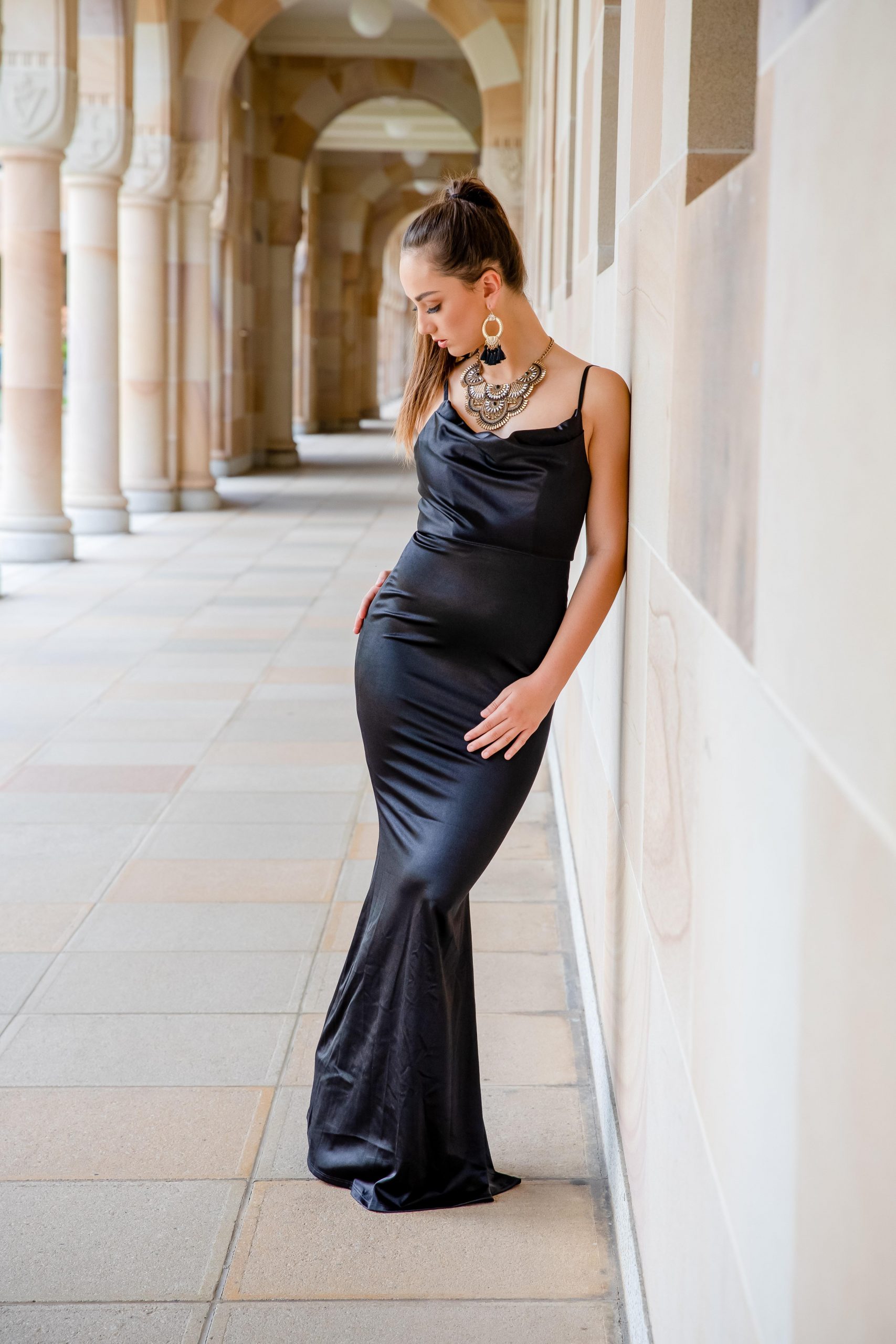The Novice's Guide to Product Photography
If a picture is worth a thousand words, a spectacular product image is worth a thousand site sees. Although I don't have information to back up that statement (yet), product photography can be incredibly important to your ecommerce internet site technique.

To reach your target market participants that prefer buying online, you also need to provide your target market clear, attractive pictures of your products.
But product photography isn't as simple as aiming as well as firing. Even the most standard products require the correct devices, lighting, as well as room to produce beautiful pictures that sell buyers right from the purchase web page.
6 Product Photography Tips ( as well as Instances) for Taking Photo That Offer
Here are the pointers, examples, and also products you'll require to properly photograph as well as market your products in such a way that makes your site visitors and also prospects want to convert.
1. Don't hesitate to utilize your smartphone's camera.
This is the component where I'm expected to encourage you to purchase a high-end, 50-megapixel (MP) camera with a 100-millimeter screw-on lens. Yet I'm not going to do that.
If you already have a video camera that fits this summary, benefit from it. But also for numerous sorts of products, it's entirely appropriate to shoot product images on a smart device.
More recent smartphones boast effective electronic camera lenses as well as settings that enable you to enhance your shots for the various sorts of light as well as atmospheres you may shoot in.
If you need a lot more convincing, just check out Apple's Shot On An iPhone campaign and also the photos that have resulted from it for many years such as this:
2. Fire from a tripod for photo uniformity.
Before describing tripods, I'm obligated to begin with a primary regulation: Don't prop your phone against something durable to aim your lens towards the topic.
It's simply as well easy for this makeshift arrangement to slide about throughout the shoot and cause inconsistencies in your pictures' look. If you relax your video camera on, state, a stack of books, just make certain this setup does not alter throughout the shoot.
There's no harm in holding your camera on your own when shooting just a couple of product pictures for your ecommerce website. Yet as your company grows, as well as you take much more images of even more products, it can be difficult to systematize the product's positioning in each photo when firing handheld.
To guarantee consistency across your products, you'll need a tripod. And also thankfully, acquiring one isn't constantly the big, industrial-sized investment it used to be.
Right here are two sorts of tripods to think about.
Standard vs. Versatile
This is a tradition tripod-- there are standard tripods readily available for both cams as well as smartphones.
A adaptable tripod can be manipulated in a number of means. You can bend its legs as well as position it on different surface areas to obtain the angle you require.
Mobile Grasp
There's typically a screw on the top of your tripod which affixes to your electronic camera to hold it in position. The bottom of many professional-grade video cameras has a screw hole just for this purpose, but smart devices can make use of the adhering to adapter:
The adapter holds the sides of your mobile phone as well as can screw into either type of tripod, allowing you to run the camera regulates with the phone screen dealing with external and also toward you.
As soon as you identify which mount you'll need, establish it up in front of your product, and consider placing 3 pieces of tape on the ground to mark where you would love to maintain each leg of your tripod over the course of the shoot.
3. Choose all-natural light or man-made light.
Never ignore how particular types of light can enhance (or prevent) your product photography. Bear in mind, purchasers obtain the very best check out an product personally, where they can see everything they need to prior to acquiring. The appropriate lighting setup aids you disclose those important decision-making product functions when all web site site visitors need to go on is a photo.
A single illumination configuration could not work for every product-- a illumination arrangement that works for some items could deteriorate the look of others.
There are two kinds of light you can choose as your primary light: natural as well as synthetic light.
Natural Light
All-natural light describes sunshine-- basic as that. It's additionally called "soft light" since the sunlight casts a larger, softer range of light than, state, a light beaming directly on the product. Ecommerce product shots grow in natural light if:
The product is shot outside or indicated to be utilized outside.
The product is made use of by, worn on, or shot with a person ( individuals tend to look far better in natural light).
You're attempting to emphasize the product's environments, instead of particular attributes of the product.
Here's an example of a shot making use of all-natural light:
Fabricated Light
Fabricated light includes candles, fire, as well as a lot more frequently, light bulbs. It's also described as "hard light" due to the fact that it creates a smaller but extra concentrated light surface area. This kind of light satisfies products with physical information that need to be highlighted to excite an on the internet customer.
As a basic policy, stick to simply one type of light per photo-- natural or synthetic. Including all-natural light to an unnaturally lit photo can soften a product that's indicated to look sharp, and adding man-made light to a naturally lit photo can hone a product that's indicated to look soft. You do not want to enter your very own method.
4. Fill up or jump your light to soften shadows.
Whether you utilize natural light or fabricated light, you'll require to minimize the darkness that any kind of prospective tough light casts on the opposite end of a product.
There are three ways to do this:
Fill up Light
Consist of one more, less-intense light to supplement your primary light. https://sharedmoments.com.au/product-photography/ This additional light is called your fill light and is used as a counterbalance to soften the all-natural darkness your primary light generates behind an item.
To do this, position your fill light opposite your main light so your product sits in between both light sources.
Flashbulb Bounce Card
A bounce card, or reflector card, is a tiny card that " shows" or " jumps" the major light back onto the surface area beneath your product to lower shadows.
Some bounce cards affix to the flashbulb of a expert electronic camera lens to diffuse the light from the video camera's flash. This card sprinkles a softer light onto the topic from above your set-- as opposed to right at it-- so you don't have long shadows trail behind the object you're shooting.
Standalone Bounce Card
If you're firing from a smartphone, a flashbulb bounce card isn't an alternative, since you don't have a physical flash you can affix it to. Rather, make your very own standalone bounce card positioned contrary your main light.
For newbies to product photography, this bounce card can efficiently change your fill light, which counters the difficult light from the video camera flash or light that's encountering towards the front of your product.
5. Make use of a move or portrait mode to stress the product.
There isn't one best method to position your product, lights, and bounce cards-- they can alter considerably relying on your background. However do not pick a history based on what's most convenient to create. Histories need to look like how you desire your buyers to regard your product when viewing it online.
Think about initially whether you would certainly such as a white history or a much more vibrant, real-world history. There's an very easy method to attain each one.
White Background: Move
For white histories, it's not as basic as setting up a table versus white drywall. Also smartphone cameras can get little acnes on a white wall that you wouldn't notice with the naked eye. To record a excellent white history with no corners or imperfections, utilize a move.

A move is a huge bendable sheet of paper, whose bottom function as the surface under your product and then curves up right into a white wall surface behind the product.
On camera, the move's curve is unseen, emphasizing vital product information and also permitting the thing to own all of a web site visitor's attention.
Real-World Background: Picture Mode
Dynamic, real-world backgrounds are really attractive when capturing items that have a specific usage or are being modeled by a person-- as you saw in the picture of the brief-case earlier in this overview.
But, it's very easy for a real-world background to steal the focus of the photo, making it uncertain which item in the photo you're in fact selling.
Provide your product deepness as well as emphasis with picture mode, a photo setup on many expert electronic cameras, as well as additionally readily available on many new smartphones. This setting obscures the history so the context of the product is clear however not contending against the product itself.
Below is a incredibly awesome photo of a HubSpot pen absorbed picture mode on a Google Pixel 2 (I took this picture myself). You can tell the pen rests on a workdesk with a computer behind it, but the pen is still the focal point for audiences:
6. Shoot a selection of pictures.
My last ecommerce photography idea to you is to not stop at one photo per product. Just as your consumers look, hold, use, and also try on goods in a store, your web site should fire a variety of photos to replicate this very experience.
If you're firing apparel, as an example, record the garment of clothes alone-- that is, expanded on a white surface area-- as well as on a mannequin whose shade contrasts the color of the product.
After that, for extra images, have the garments modeled on a person, enabling you to take photos of the product from the person's different poses as well as angles.
Product Photography Set Up
Next off, let's summarize what we just obtained-- below's a checklist of quick product photography set up pointers that you can refer to as well as share on your group:
• Select a video camera-- whether that indicates using your smart device.
• Obtain a tripod that helps your video camera of choice.
• Choose all-natural or artificial lights-- consider which choice is best for your product and also setting.
• Determine whether you'll fill up or jump light.
• Select move or portrait mode.
• Take a number of various pictures to use your visitors variety.

Get going With Your Product Photography
Don't feel required to buy every tip and also tool simultaneously. Apply these product photography ideas gradually to see what makes your shop look the most nice, and alter your strategy as your photography chops get better.